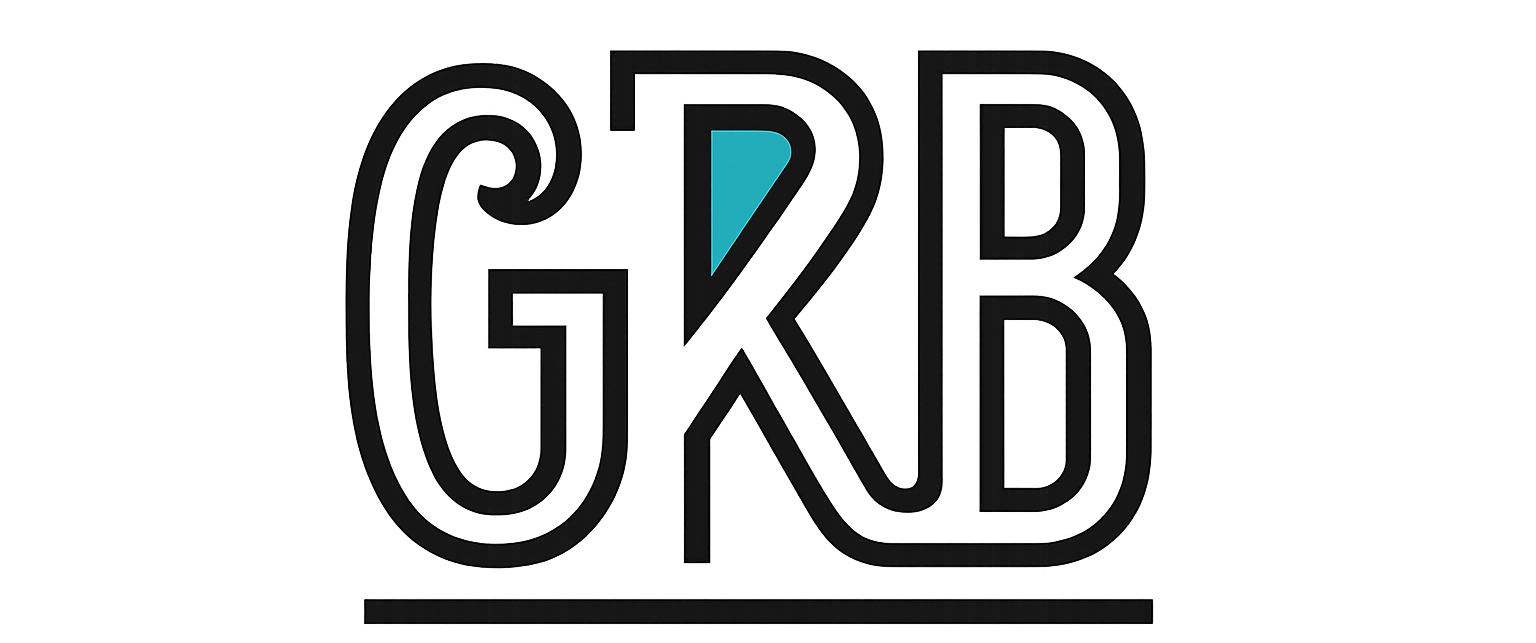We’ve all seen it. A piece of AI-generated code that looks flawless, a summary that seems perfectly concise, or a draft email that hits all the right notes. But what happens when it’s subtly or spectacularly wrong?
This moment is more than just an inconvenience; it’s a critical juncture that defines our relationship with AI. Microsoft Copilot and other generative tools are revolutionary, but they are not oracles. They are powerful probabilistic models designed to predict the next most likely word, not to comprehend truth. Accepting this is the first step toward responsible and effective use.
When an AI response is wrong, here’s what’s really happening and how we should react:
## The Human is the Final Checkpoint
The most dangerous assumption we can make is that the AI’s output is the final product. It’s a first draft, a suggestion, a starting point.
- You Are the Pilot: The name “Copilot” is intentional. The AI assists, but the human professional is, and must remain, in command. We are the ultimate arbiters of quality, accuracy, and context. Our domain expertise and critical thinking are not just valuable; they are non-negotiable. Blindly trusting the output is a dereliction of professional duty.
## Errors are an Opportunity for Deeper Learning
An incorrect AI suggestion isn’t just a failure; it’s a powerful learning opportunity that we often miss.
- Sharpening Your Skills: Debugging a faulty piece of code or fact-checking an inaccurate summary forces you to engage with the subject matter on a much deeper level. It reinforces your own knowledge and can even expose gaps in your understanding. In this scenario, the AI’s mistake has made you a better expert.
## Accountability Remains Human-Centric
In a professional context, there is no “the AI got it wrong” excuse.
- Ownership is Key: If you use an AI-generated output in your work, you own it. You are accountable for its accuracy, its implications, and any consequences that arise from it. This principle is fundamental to maintaining professional integrity and trust in an age of AI-assisted work.
## The Duty to Provide Feedback
Responsible AI usage is a two-way street. We have a role to play in the ecosystem’s improvement.
- Train the Model: These systems learn from feedback. Using the built-in “thumbs up/thumbs down” or feedback mechanisms is crucial. When you flag an incorrect or unhelpful response, you’re not just correcting a single instance; you are contributing to a dataset that will refine the model for millions of users. It’s a small action with a massive collective impact.
Ultimately, the goal isn’t to have an AI that is never wrong. The goal is to build a human-AI partnership where the technology accelerates our workflow, and our judgment ensures the final output is accurate, ethical, and effective.
What’s your process for verifying AI-generated content before it goes live? Let’s discuss in the comments.
#ResponsibleAI #AIethics #MicrosoftCopilot #GenerativeAI #FutureOfWork #CriticalThinking #DigitalLiteracy #TechLeadership

